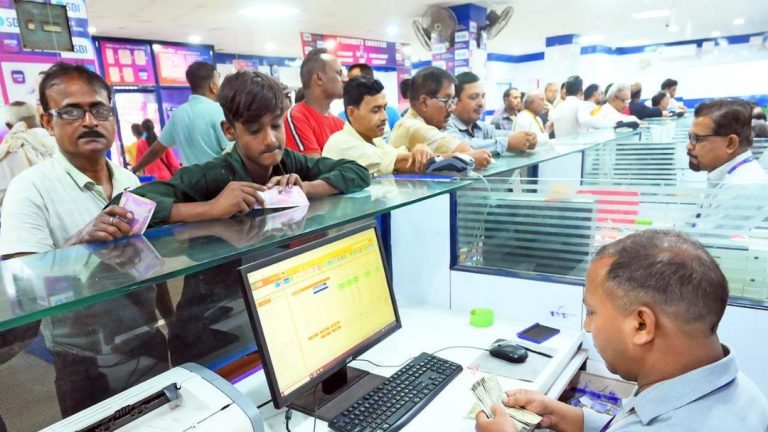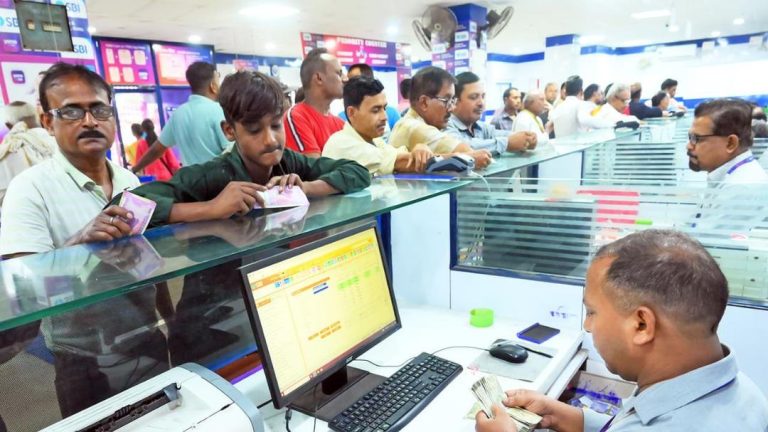
Why has the Nifty index remained flat for an entire year?
The Indian stock market has been witnessing a peculiar trend in recent times. Despite strong earnings from major firms, the Nifty 50, India’s benchmark index, has remained nearly unchanged over the past year. This phenomenon has left investors and analysts alike scratching their heads, trying to make sense of the market’s flat performance. In this blog post, we will delve into the possible reasons behind the Nifty’s stagnation and examine the factors that are contributing to this trend.
Weak Global Cues
One of the primary reasons for the Nifty’s flat performance is the weak global economic environment. The global economy has been facing headwinds, with many countries experiencing a slowdown in growth. This has led to a decline in investor sentiment and a lack of confidence in the markets. As a result, investors are opting for safer assets such as fixed-income instruments, leading to a decrease in demand for equities.
Another significant factor is the ongoing trade tensions between the US and other major economies. The US has been imposing tariffs on various goods and services, which has resulted in a retaliatory response from other countries. This has led to a decline in international trade and a slowdown in global economic growth. The uncertainty surrounding the trade war has made investors cautious, leading them to adopt a wait-and-watch approach.
Tariff Threats from the US
The threat of tariffs from the US is another significant reason for the Nifty’s flat performance. India has been under pressure from the US to reduce its trade deficit, which has led to a series of tariff threats. The US has imposed tariffs on various Indian goods, including steel and aluminum, which has resulted in a decline in India’s exports to the US.
The Indian government has responded by imposing retaliatory tariffs on various US goods, including almonds, apples, and walnuts. However, this has led to a decline in bilateral trade between the two countries, which has negatively impacted the Indian economy. The uncertainty surrounding the trade war has made investors cautious, leading them to adopt a wait-and-watch approach.
Subdued Investor Sentiment
Another factor contributing to the Nifty’s flat performance is the subdued investor sentiment. Investors are becoming increasingly risk-averse, preferring to park their funds in fixed-income instruments rather than equities. This has led to a decline in demand for equities, which has resulted in a stagnation of the Nifty.
The Indian economy has been facing several challenges, including a decline in consumption growth, a slowdown in manufacturing, and a decline in investor confidence. This has led to a decline in investor sentiment, which has negatively impacted the market.
Rupee’s Decline
The rupee has also slipped to a five-month low, which has added to the uncertainty in the market. A weak rupee can lead to a decline in the value of foreign investments, which can negatively impact the market. The rupee’s decline has also led to an increase in the cost of imports, which can negatively impact the Indian economy.
Awaiting Cues from the US Fed
As investors await cues from the US Federal Reserve (Fed), questions remain on what’s holding back Indian equities. The Fed has been expected to cut interest rates in the coming months, which could lead to a decline in the value of the US dollar. This could result in a decline in the value of the rupee, which could negatively impact the Indian economy.
However, the Fed’s decision to cut interest rates could also lead to an increase in investor confidence, which could positively impact the market. The fate of the Indian stock market is closely tied to the global economy, and any changes in the global economic environment can have a significant impact on the Nifty.
Conclusion
In conclusion, the Nifty’s flat performance over the past year can be attributed to a combination of weak global cues, tariff threats from the US, subdued investor sentiment, and the rupee’s decline. As investors await cues from the US Fed, the market is likely to remain volatile in the coming months. It is essential for investors to adopt a wait-and-watch approach and keep a close eye on global economic developments.
News Source:






